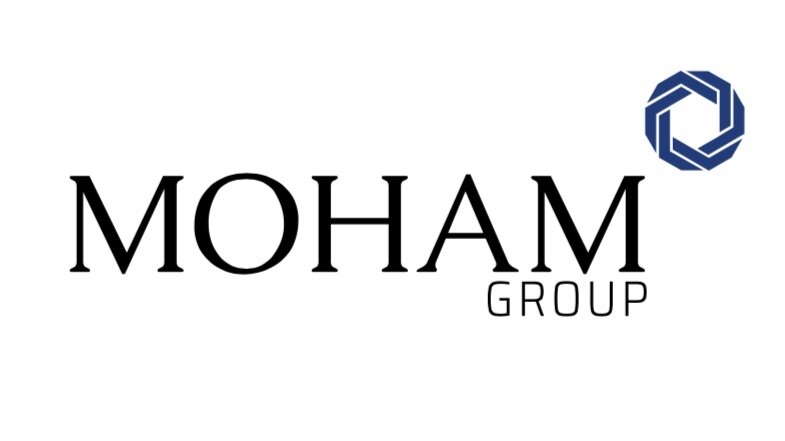MENA Economic Diversity
Any analysis of the MENA region must acknowledge the large variation of incomes, political conditions, and economic activities among the different countries (Appendix Table 1). Each of these factors carries significant implications for food demand and imports.
Per capita incomes in the region span a large range. Among the individual countries included in the USDA projections, Morocco and Egypt have the lowest income levels, although poorer countries such as Yemen are counted within the OME aggregation. Similarly, while Turkey is the richest of the group, other, even wealthier, Gulf Arab states appear in OME. In short, incomes in the region vary widely, and much of the region’s demand for food imports can be traced to those countries with the ability to pay for it.
Sources of economic revenue in the region span a wide variety of activities. The MENA is home to eight members of the Organization of Petroleum Exporting Countries (OPEC). Saudi Arabia leads the region (and the world) in oil exporting, with about 8.7 million barrels per day in 2012/14 (EIA, 2015). Other OPEC members in the region are the UAE, Kuwait, Iraq, Qatar, Iran, Libya, and Algeria. Due in part to these exports, all the MENA’s OPEC members, with the exception of Iran, run current account surpluses (World Bank, 2015).
MENA attracted about 8 percent of global tourism revenue, approximately $103 billion, in 2010/12, with Turkey leading with almost $30 billion and Libya the lowest with less than $0.2 billion. In addition, remittances to MENA countries reached around $45 billion in 2011/13, with Egypt, the largest recipient, accounting for about 38 percent of the region’s share (World Bank, 2015). The region received nearly $65 billion (5 percent) of global foreign direct investment in 2011/13, ranging from $15 billion in Saudi Arabia to less than $100 million in the West Bank and Gaza.
Adding complexity to any overview of the MENA is the uncertainty and volatility of governance and civil conflict across the region. Figure 3 shows that countries across the region, regardless of income level, appear in the upper half of the Fragile States Index
of values (FFP, 2014).1 Iraq’s recent experience with conflict and violence pushes its index value to the highest among the individual countries, though the present civil war in neighboring Syria, included within the OME aggregation, earns it a similar score. In the MENA region’s most populous country, Egypt, conditions remain uncertain following a period of protests, revolution, elections, and military control. Faced with such conditions, these countries suffer possibly lower incomes, reduced agricultural production, and diminished abilities to import food from overseas.
Rated lower on the Fragile States Index are relatively stable countries like Saudi Arabia, Morocco, and Turkey, as well as the remainder of the countries grouped within OME and ONA, where the primary drivers of agricultural imports continue to be incomes and domestic production.

